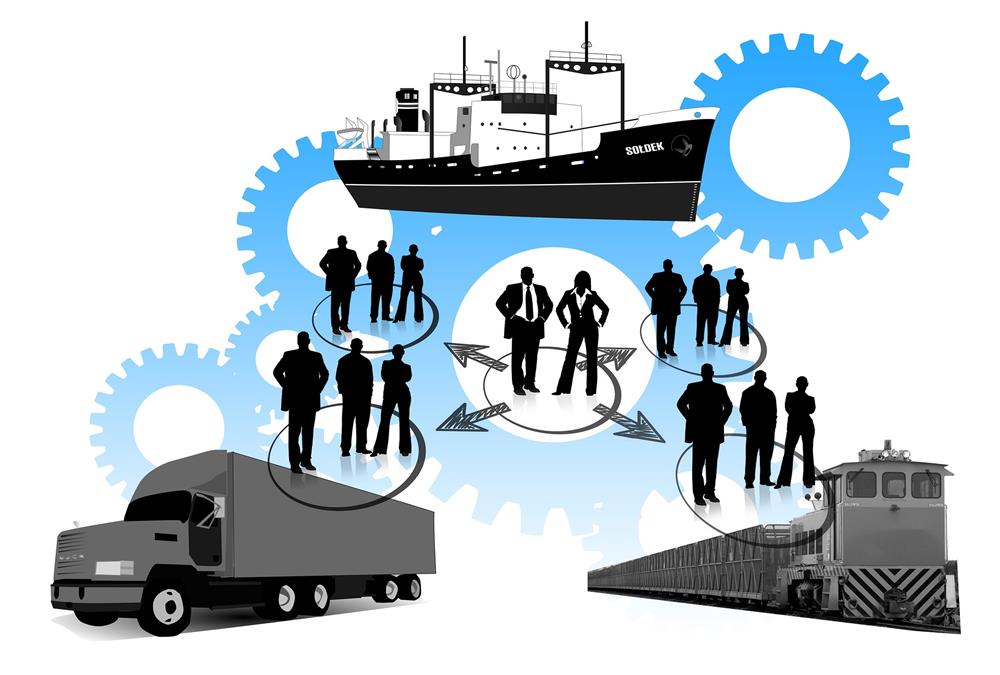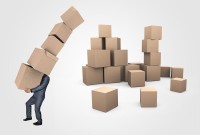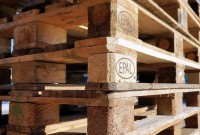- Home
- Business Processes
- Industry Knowledge
- Aerospace Industry
- Automotive Industry
- Banking Domain
- BFSI Industry
- Consumer/ FMCG Industry
- Chemicals Industry
- Engineering & Construction
- Energy Industry
- Education Domain
- Finance Domain
- Hospitality Domain
- Healthcare Industry
- Insurance Domain
- Retail Industry
- Travel and Tourism Domain
- Telecom Industry
- Leadership Skills
- eLearning
- Home
- Business Processes
- Cash Management
- What is Order to Cash
What is Order to Cash
Learning objectives for this lesson are: Meaning of Order to Cash Process; Sub Processes under Order to Cash; Process Flow for Order to Cash; Key Roles & Transactions; Key Setups/Master Data Requirements.
Meaning of Order to Cash
- Order to Cash (also known as O2C) manages the life-cycle of a sales process
- This process encompasses the sub processes of receiving and processing customer sales
- A contractual relationship is established with the buyer (This is an Optional step and some businesses need a formal agreement before they can execute orders)
- Orders are received via different sales channels
- Orders are fulfilled through shipping and logistics
- Invoice is generated and booked as Sales
- Debt is recorded and pursued through collections management
- Funds are received and accounted using cash applications
Sub Processes under Order to Cash Functional area:
- Credit Management
- Managing the credit profile of your customer and putting checks and holds on amount of credit that can be extended to one customer
- Order Management (Creation of order/Booking of order)
- The process from taking the order and booking the same in the system
- Order Fulfillment
- Making sure that the firm has the product available that can be shipped to the customer
- Distribution – Shipping and Logistics Management
- Actual shipping of the product to the customer
- Invoicing/Customer Billing – Account Receivable Process
- Raising an invoice to the customer as per the regulatory requirements
- Customer Collections
- Dunning process and reminding customer about outstanding dues and collecting the money
- Cash Application
- Accounting for the cash against a particular invoice
- Dispute Management
- Handling disputes or adjustments arising in the natural course of business
Process Flow for Order to Cash Process
- Sales Quotation
- Providing a quotation about the quality, price and conditions of sale or product
- Sales Order
- Acknowledging the receipt of an order from the customer and its specifications
- Credit Management
- Ensuring the customer is credit worthy and credit can be extended to the customer
- Shipment
- Sending the goods to the Ship To location; and sending the invoice to the bill to location
- Billing/Invoicing
- Sending the invoice to the customer that is fully complaint with the legal framework
- Collections Management
- Reminding the customer, issuing dunning letters and collecting the money
- Dispute Management
- Addressing the disputes or adjustments due to various reasons
- Customer Returns Management
- Handling the goods that have been returned by the customer
- Customer Payments
- Receiving the payments from customers and depositing them in bank
- Cash Application
- Knocking off a particular invoice against the cash or payment that has been received
- Accounting
- Ensuring proper accounting during the process
- Reporting
- Making available the required reports to the management
Key Roles during the process - Order to Cash
- Sales Personnel
- Order Entry and Management
- Account Receivable Accounting
- Finance
- Materials Management
- Partner / Customer Management
- Key Transactions during the
- Order to Cash Process
- Sales Quotation
- Sales Order
- Goods Shipment
- Return from Customer
- Return Material Receipt
- Create Shipments from Orders
- Sales Invoice
- Create Invoices from Orders
- Generate Invoices
Key Setups / Perquisites
Some key master elements or setups are prequiste to this process before transactions can take place in any ERP or system:
- Sales Products
- Prices configuration
- Customers Setup
- Credit Scores/Credit Management/Credit Holds
- Shipping Rules
- Ship to/Bill to Setups
- Sales Document types
- Sales Invoice Formats / Commissions and Accounting Rules
- Taxes on Sales – Tax Setups
- Sales Agreements Setups
- Revenue Recognition Rules
Related Links
You May Also Like
-
Warehouses can be places where piles of packed or loose products occupy space. If left disorganized, it will become very challenging to identify products for packing or picking. Hence, proper organization of warehouse is very important. Warehouse labeling systems eliminate this problem by making sure products are easily identified and managed during the warehousing and shipping process. Labeling is the most functional and cost-effective way to keep your warehouse organized and operating efficiently.
-
Warehouses may seem like a simple, straightforward concept, but they actually include a variety of different types of warehouses that all have their own niche. The type of warehousing that’s right for you depends on your specific industry, location, and needs. From private warehousing, distribution centers, and climate-controlled warehouses, there’s an option to suit every business.
-
What is Invoice to Cash Process
In this article, we will explore the business process area known as; Invoice to Cash; Also known as I2C. Learning objectives for this lesson are: Meaning of Invoice to Cash Process; Sub Processes under Invoice to Cash; Process Flow for Invoice to Cash; Key Transactions Fields; Key Setups/Master Data Requirements.
-
One of the most important decisions when running a warehouse is its layout. Warehouse layout defines the physical arrangement of storage racks, loading and unloading areas, equipment and other facility areas in the warehouse. A good layout aligned with the business needs could have a significant effect on the efficiency.
-
This article discusses the key documents generated during the order to cash process. Learn the documents that are created while processing AR transactions and business significance of each of these documents. This article is applicable to all ERP's and systems.
-
After products have been received and passed a quality inspection, they need to be stored so that you can find them when you need them. This process is called putaway. The spot where you store a particular product is called a location. One section of a warehouse might have small locations for light items; another area may have large locations on the floor for heavy items.
-
Miscellaneous Warehouse Processes
At the end of each inventory control, the Contractor provides the Ordering Person with an inventory report which contains a list of all stock adjustments. The Ordering Person uses the report to create, by use of his/her own means, necessary value and accounting adjustments related to the stock. Let us look at some to the mislaneous warehouse processes not covered earlier.
-
Types of Order Picking Methods in the Warehouse
There are many different types of picking in a warehouse and each one works as a customized solution for each business. Depending on the size of your warehouse and inventory, the manpower you have on hand, and the number of customer orders made each day, there may be certain methods that are more efficient for you than others.
-
Before shipping, businesses need to make sure that the items will arrive in good condition. Packaging is a form of protection against environmental threats that the product will face from the time it leaves warehouse facility until the time it reached the customer. The packaging is intended to provide protection for the item as it is being handled in the warehouse or when the item is being shipped.
-
What is the difference between Warehouse Management & Inventory Management?
The terms “inventory management” and “warehouse management” are sometimes mistakenly used interchangeably as they both deal with operations and products of industries. Despite their few similarities, there are many notable differences between warehouse and inventory management systems.
Explore Our Free Training Articles or
Sign Up to Start With Our eLearning Courses

About Us
Learning
© 2023 TechnoFunc, All Rights Reserved










